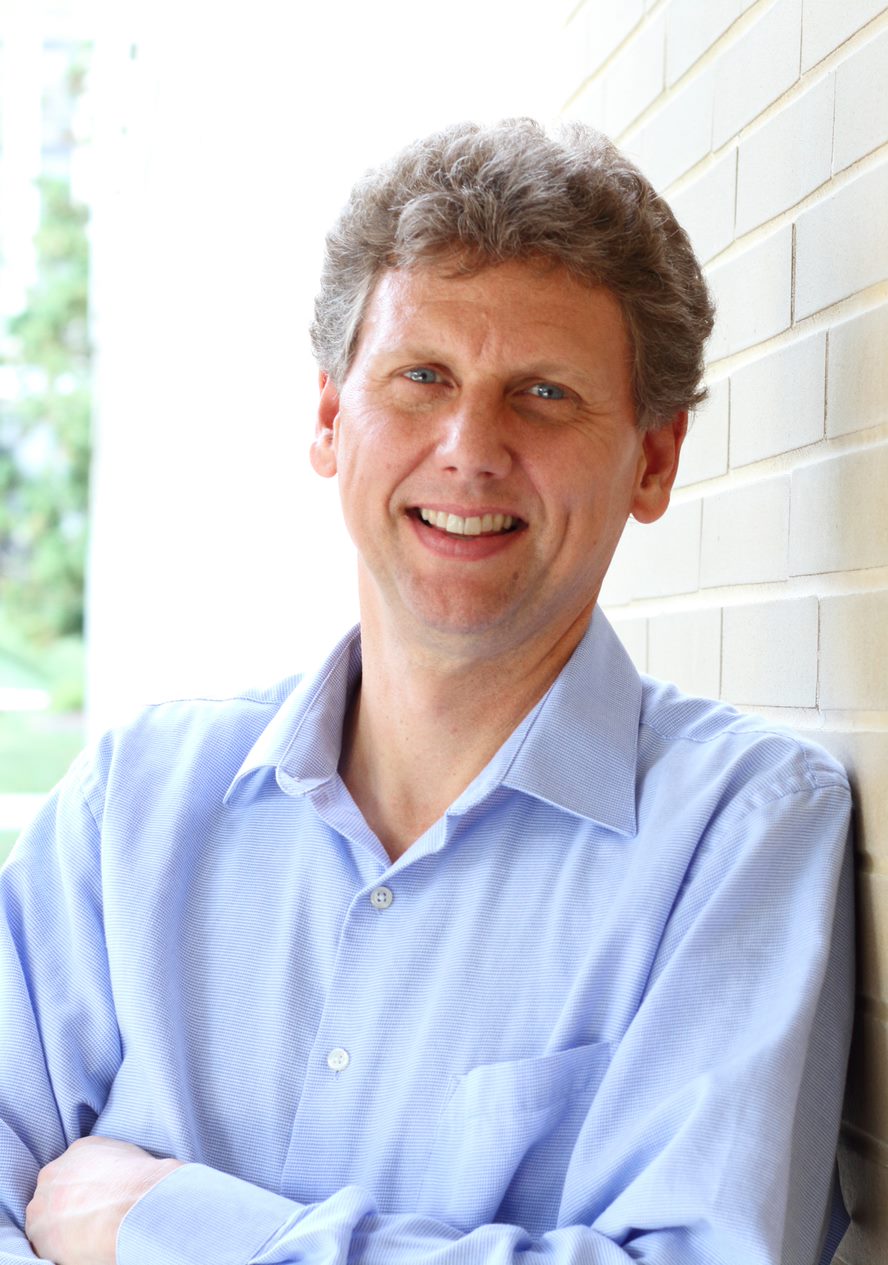Atomic Clocks - Physics
Colloquia Topic and Speaker Bio

Abstract: Atomic clocks realize the most accurate measurements of any physical observable, determining the frequencies of atomic transitions to a part in 1018. They exploit the high-coherence central to atomic physics that underlies many applications, from clocks and atom interferometry to quantum information processing. I will describe how atomic clocks tick and discuss several general interest physics aspects of modern microwave and optical frequency atomic clocks. These include quantum mechanical collisions at microKelvin temperatures, frequency shifts due to microwave photon recoils, laser-cooling of cadmium for optical lattice clocks, tests of Beyond Standard Model physics using isotope shifts, and tests of general relativity with orbiting atomic clocks.
Bio: Professor Kurt Gibble is in the Department of Physics at Penn State. He obtained a BS in Engineering Physics at Lehigh University in 1986 and a Ph.D. in Physics from JILA at the University of Colorado in 1990. After a post-doc with Steven Chu at Stanford University, he was an Assistant and Associate Professor of Physics at Yale University before joining Penn State in 2001. His research covers a range of topics related to ultracold atom scattering and microwave and optical frequency atomic clocks. He is a past chair of the APS Topical Group on Precision Measurements and Fundamental Constants and a recipient of the European Frequency and Time Award. He is a Fellow of the AAAS, the APS, and the IEEE.
